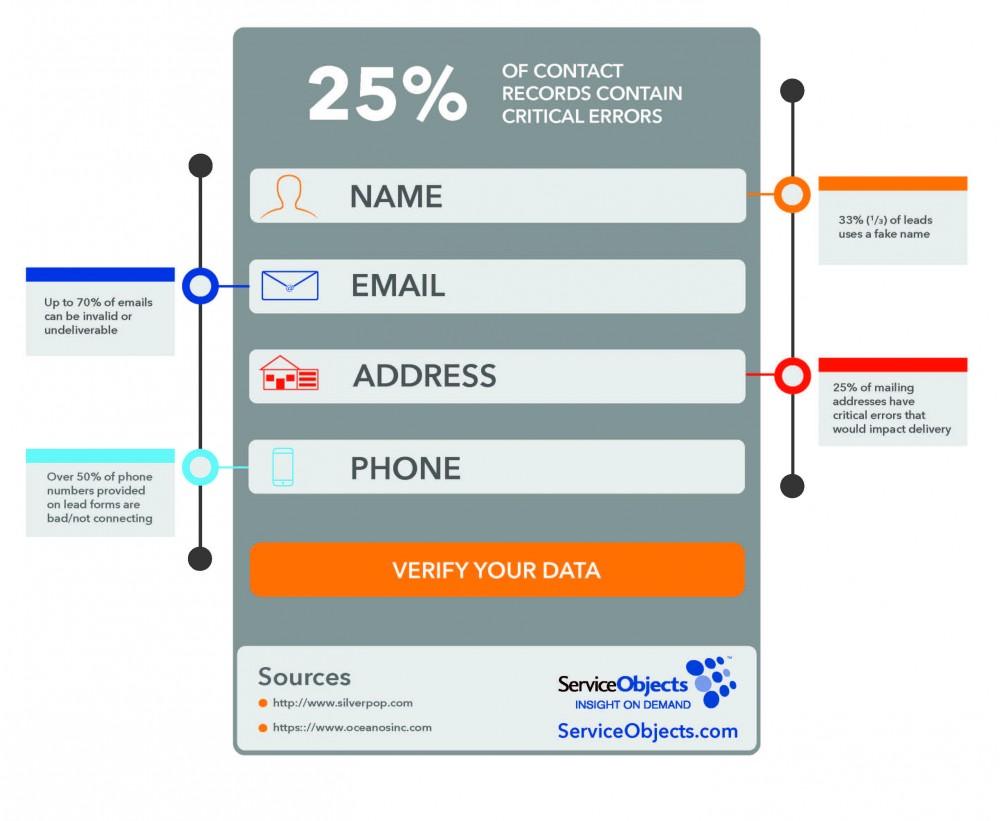Marketing automation and your contact records: A five part series that every marketer can’t miss (part 3)
Welcome back! The fact that you’re interested in improving the data quality within your marketing automation platform is apparent, so let’s look at how the data breakdown happens so we can build it back up. The goal is to find sustainable and trustworthy ways to correct and effectively manage data from here on out.
So who’s responsible for ensuring good data quality? Your IT department? If only it was that simple. The fact is, your TEAM is responsible and it starts with a company that incorporates a culture of data quality and best practices. Senior managers must do their part to integrate and maintain solid data quality policies that are easy to follow and implement. Next, marketing managers must screen and clean up new lists before importing. Finally, your sales team must practice diligence when entering customer data. And, even if ALL of these groups commit to following these guidelines in the most stringent and cautious manner, you can bet that mistakes will still happen! We are, after all, human.
Now that we’ve identified the players, we can pinpoint what makes our data corrupt:
- Inaccurate data: either info is entered incorrectly, or it becomes outdated
- Duplicate data: multiple accounts are mistakenly set up for the same lead, i.e., some companies do not centralize their data.
- Missing data: some fields are simply left empty
- Non-conforming data: inconsistent field values, i.e., using various abbreviations for the same thing
- Inappropriate data: data entered in wrong fields
Would you agree that the four most common data fields in your lead forms are: name, email, address, and phone? According to Salesforce:
- 20% or postal addresses change
- and 18% of phone numbers change
These statistics highlight just how difficult it is to keep up to date and current with changing customer demographics. It’s overwhelming, especially when you consider the rate at which data is being captured. Fortunately, there IS a better way!
 Turning strategy into action
Turning strategy into action
We’ve discussed how even the best and most efficient internal processes can be in place yet cannot completely wipe your data clean of corruption. Oh if only…BUT, there are additional steps you can take to continue moving in the right direction. You could implement a Data Governance strategy which “refers to the overall management of the availability, usability, integrity, and security of the data employed in an enterprise. A sound data governance approach includes a governing body or council, a defined set of procedures, and a plan to execute those procedures”. Here’s what you can do:
- Conduct regularly scheduled data quality check-ups & maintenance scans: By work with an external source to automatically scan, identify, and update your data, you will save money and headaches in the long run. Sending in the Calvary!
- Bump up personal accountability: Consider training your sales reps and then monitoring their data input via their login info. Like Big Brother, but less invasive.
- Hire data quality managers: They have oversight of all data input, monitoring, and management. Think of them as Data Quality Gatekeepers – like a mini task force.
Congratulations! You are well on your way to stopping the bad-data-cycle. And the most important step in doing so is: running regular data check-ups and continued maintenance. So how do you set your business up for success? Come back for the 4th part in our series where we show you how to ensure your records are genuine, accurate and up-to-date. It’s as easy as one…two…THREE!
Be sure to start from the beginning! Check out Part 1: Make Marketing Automation Work for You
If you are interested, Service Objects provides a free Data Quality Scan that will give you insight into the quality and accuracy of your contact data. Click here to get your free scan.





